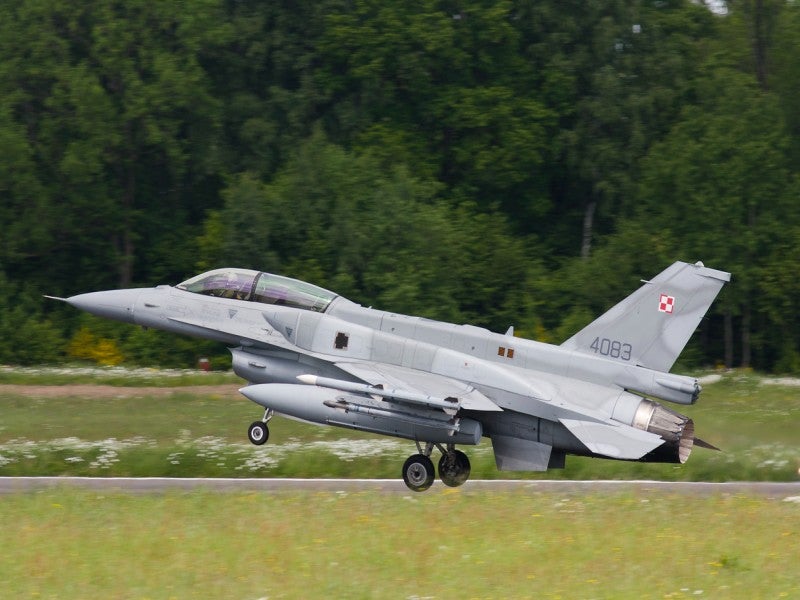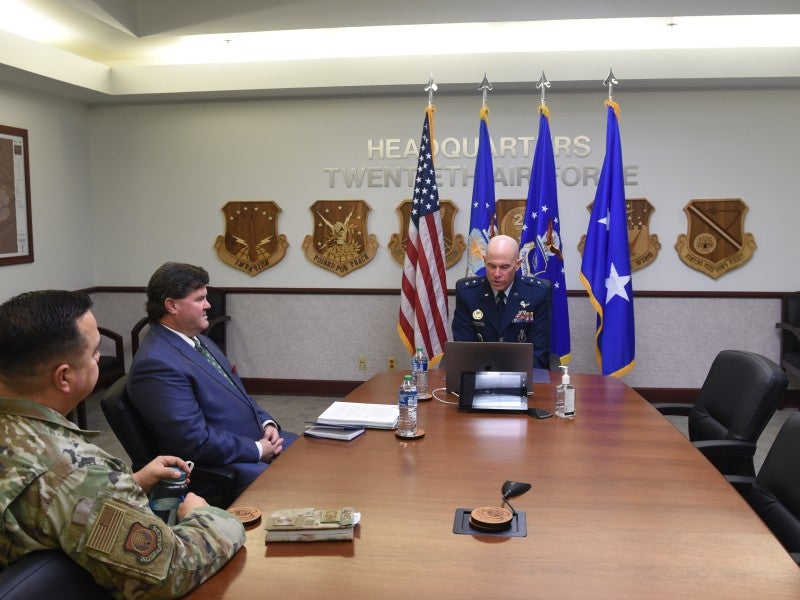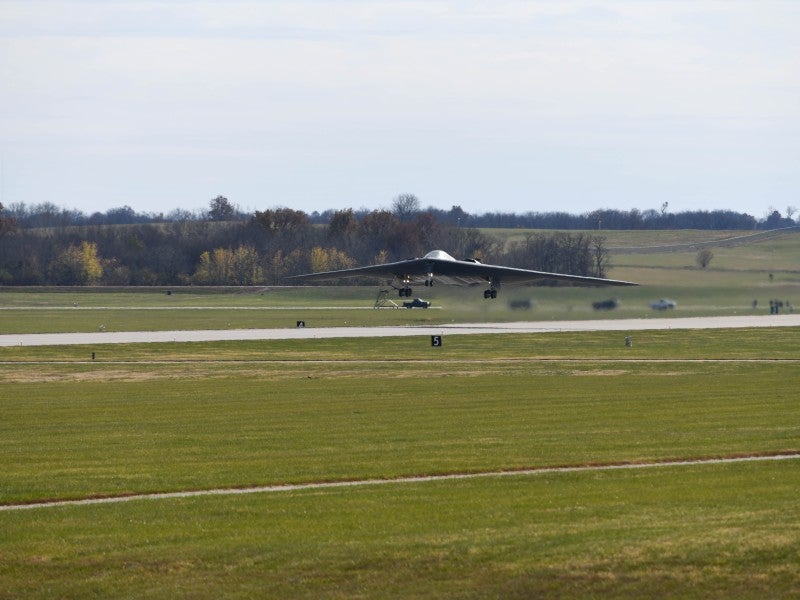
Raytheon Intelligence & Space (RI&S) has successfully completed the critical design review (CDR) of its mission payload for the US Space Force’s (USSF) programme.
Known as Missile Track Custody (MTC), the programme was established by the USSF to deploy initial warfighter capability to track missiles at medium Earth orbit.
The CDR process involved RI&S showcasing the designs of several crucial components that were ready for fabrication. It included the telescope, electronics, focal plane and firmware.
The company claimed to use various digital engineering-based models to demonstrate all the key elements, which helped to minimise the potential technical and schedule risk involved in the follow-on phases of the MTC programme.
This approach will further support the delivery of a fully compliant space-qualified product.
RI&S Strategic Systems programmes executive director Roger Cole said: “Our country faces new and diverse missile threats that require a layered approach to detection, tracking and defence.
“Using the latest digital engineering techniques, we have successfully completed key design elements of fully compliant payload design in just under 18 months.”
In the next steps, the company is now planning to complete the remaining design aspects of the programme’s space and ground segments, with system CDR, anticipated to complete by next year.
The Raytheon team will then conduct a build, integration and test campaign to deliver the final capability, which is scheduled to launch by 2026.
All the payload-related work is being carried out at the company’s facility in El Segundo, California.
Earlier this month, Boeing’s wholly owned subsidiary Millennium Space Systems completed the CDR for the same programme.
Both companies were selected by the USSF’s Space and Missile Systems Center in May 2021 to develop the MTC programme’s prototype.




